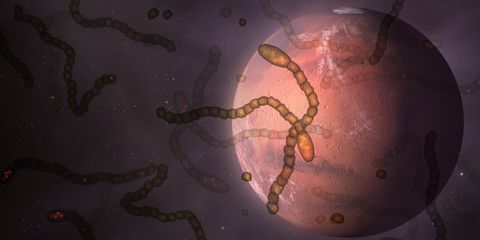NASA spent the last 7 years protecting Mars from humans. How? 11,601 swabs, 2,543 wipes……”the Perseverance is the cleanest spacecraft in history”.
The Perseverance rover is the cleanest spacecraft in history.
The following written content by Matt Blitz
Here on Earth, as we continue to obsess over cleanliness and eradicating microscopic viruses, perhaps we should be turning to NASA for advice.
Despite being in the midst of a global pandemic, the space agency launched the $2.4 billion Mars Perseverance Rover to the Red Planet July 30, 2020. Later this week, the rover finally lands on Mars.On the Red Planet, the rover will look for microscopic life and collect rock and soil samples that will one day (eventually) be sent back to Earth for future study.
What the rover won’t be doing is introducing Earth’s microscope life to Mars.
Cleaning practices, sanitary procedures, and sterilization methods instituted by NASA decades ago all but guarantee the rover will be clean of nearly everything that could potentially compromise the mission to our planetary neighbor.


“Viruses, e. coli, all the things we find on our skin, they are all puny wimps,” says Moogega Stricker, NASA Planetary Protection Engineer at Pasadena’s Jet Propulsion Laboratory. Everything they’ve done since the mission began seven years ago, she says, has made the spacecraft resilient against any and all contamination.
Since humans first started making our move to the cosmos, we’ve tried to save space from our germy nature.
“We are a cesspool of bacteria,” says Stricker. “But it’s our job to protect Mars from us [humans].”
The Origin of the Clean Room
Planetary protection is the concept of preventing biological cross contamination—to protect our celestial neighbors from us and to protect us from any contaminants we may bring back from our journeys to space. Read more from Popular Mechanics.





